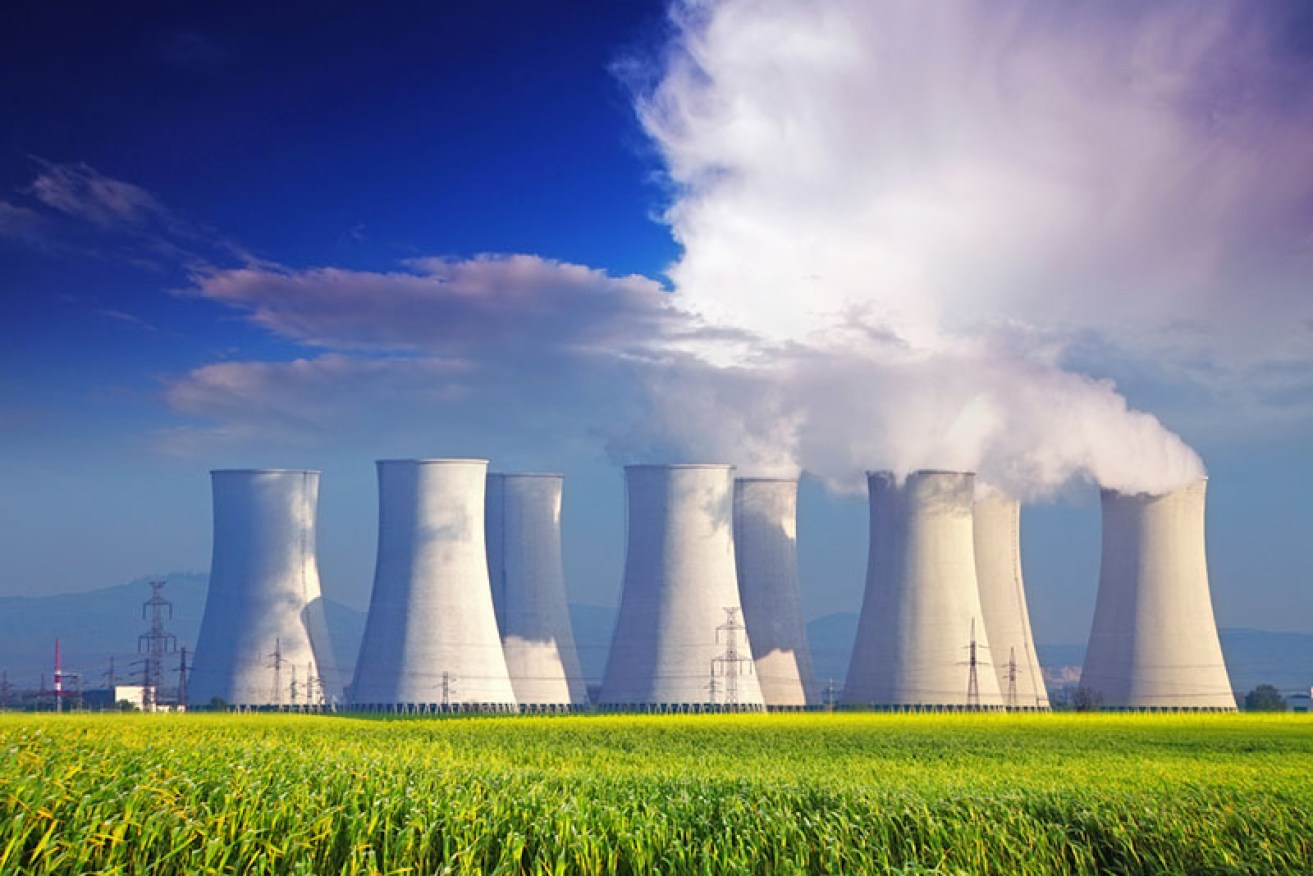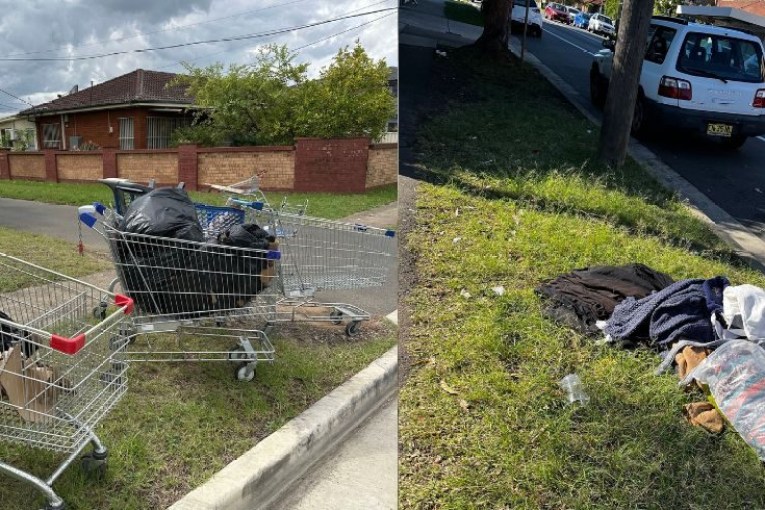Nuclear energy won’t solve Australia’s energy woes, but legislative ban ‘doesn’t make sense’


Nuclear energy will be too slow and expensive to assist in reaching net zero by 2050, according to a new report. Photo: Shutterstock
The Coalition opposition touts nuclear energy as a potential solution for Australia’s transition to net-zero emissions, but it remains too expensive and slow compared to renewables to be a viable addition to the energy mix any time soon.
Opposition and Liberal Party leader Peter Dutton has been pushing for a nuclear solution to decarbonisation, and he argued last week that he doesn’t believe “for a moment that Labor can get to zero emissions by 2050 with their current energy mix”.
“It is cheaper, it is reliable, it can firm up renewables, and it’s the reason that a lot of younger Australians are fully supportive of it because they’re passionate about climate change, they’re passionate about reducing emissions and they’re well read,” he said.
“They understand what’s happening in 50 other countries around the world. So let’s have a mature discussion about it.”
Australia legislated a country-wide ban on nuclear power in 1998, despite possessing 33 per cent of the world’s uranium deposits and being the third-largest exporter of mined uranium, with $564 million in exports being generated during the 2021-22 financial year.
Climate Change Minister Chris Bowen released costings from his department stating transitioning from coal-fired power to nuclear would cost $387 billion.
Ken Baldwin, Emeritus Professor at Australian National University, said support for nuclear energy is much higher now than the 1980s and 1990s.
“Why have one hand tied behind our back and remove that option when we could have it available?” he said.
“It doesn’t make sense to prohibit nuclear power based on legislation. Economics, practicality all these and other things are fair enough, but not based on legislation.”
Polling from the Lowy Institute has shown a shift in public perception towards considering nuclear energy, with 52 per cent of people supporting removing the legislation ban in 2022 compared to 47 per cent in 2021.
Slow and expensive
The Net Zero Australia Mobilisation report, published in July after collaborative research between the University of Melbourne, the University of Queensland, Princeton University, Nous and Evolved Energy Research, details strategies and actions to mobilise a transition to net-zero emissions in the domestic market and within the country’s significant exports.
Richard Bolt, principal at Nous Group, said when the report was released that nuclear energy shouldn’t be a part of the future energy mix during the transition to net-zero emissions because it is too expensive and slow.
“Only a dramatic fall in costs and prolonged renewable constraints would prompt a rethink,” he said.
“Major investment is needed in solar, onshore wind, batteries, pumped hydro and transmission.”
The report said that reducing renewable targets in the belief that nuclear will be deployed later at a larger scale would create a risk of either not achieving net zero, or doing so at excessive cost.
“If nuclear is factored into the future energy mix, resulting in slower renewable deployment, the modelling suggests that would be a costly error because it is likely to be more expensive than renewables with firming,” it said.
“It is also likely to take much longer. Nuclear power stations take an average of 9.4 years to build, compared to one to three years for a major solar or wind project.”
Predicting the future
Baldwin said predicting the future using current numbers is difficult and “fraught with danger”.
“If you do that, you’d obviously come to these sorts of conclusions,” he said.
“If your assumptions are wrong, let’s say it only takes a couple of years to order a small modular reactor from a big supplier who’s shipping dozens of these things around the world every day, maybe the situation would be different.”

The report found solar and wind projects were cheaper and faster to build than nuclear projects. Photo: Getty
The report states a future combination of renewable cost, integration and/or supply chain constraints “and dramatic nuclear cost reductions overseas may prompt a rethink”.
Baldwin said it is clear that solar and wind are the cheapest forms of new energy currently available, which is reflected in the report.
“It will likely remain so for the rest of this decade, by which time we want to reach 82 per cent renewables in the electricity system,” he said.
“It will be the last few per cent of decarbonisation that’s going to take a lot of investment. It will mean a lot of excess solar and wind, a lot of transmission and we need to think about other options.”








